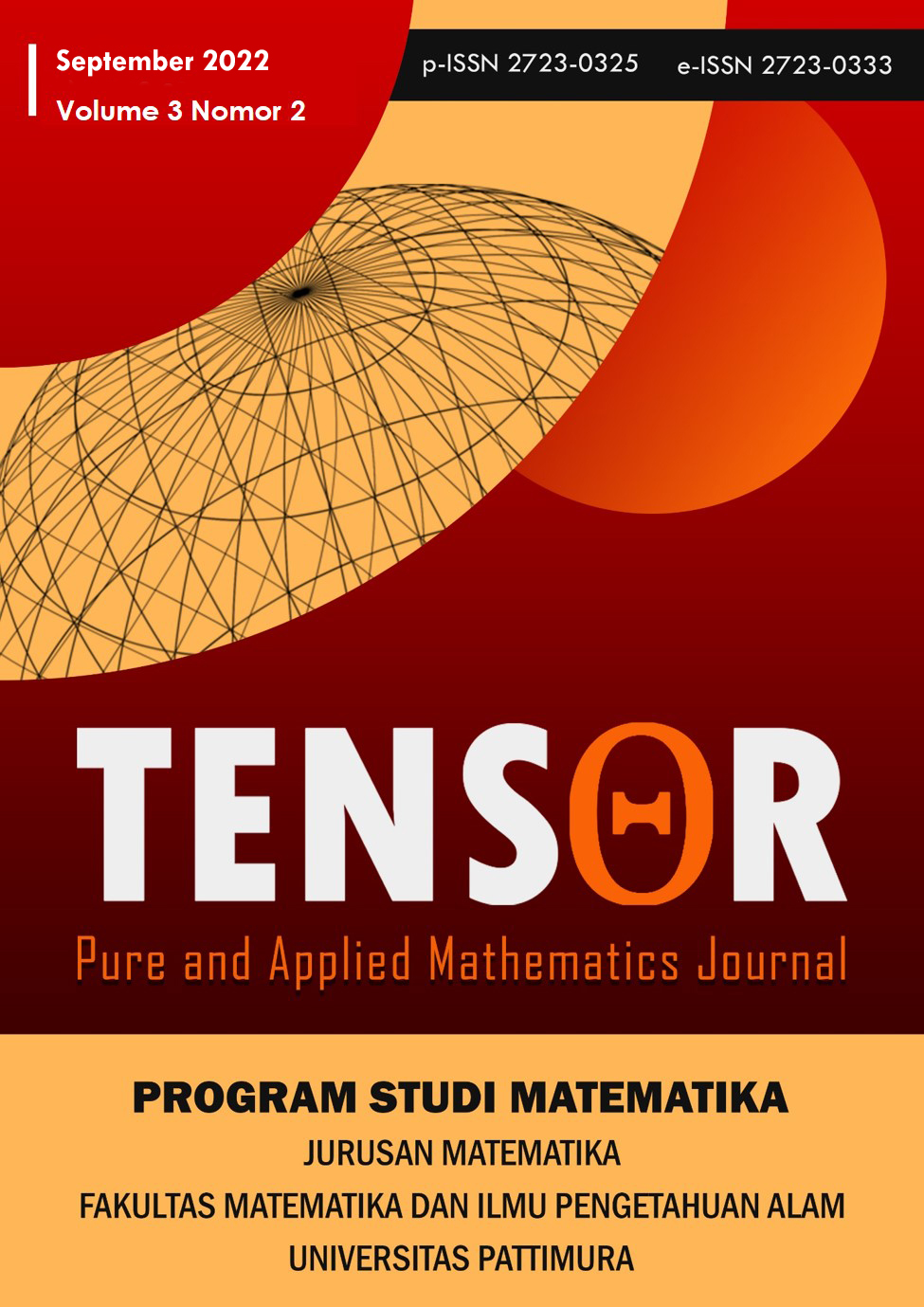Combined Model Time Series Regression – ARIMA on Stocks Prices
Main Article Content
Abstract
Stock price data tend to experience a linear trend and fluctuate over time. So that forecasting is needed to predict stock prices in the next period. The nature of the linear trend can be modeled by linear time series regression and ARIMA. The purpose of this study is to form a combined model time series regression linear – ARIMA and predict stock prices using the combined mode time series regression linear – ARIMA. Combining two models can increase the level of forecasting accuracy compared to using separate models. The data used is the daily closing price of PT Unilever Indonesia Tbk for the period January 4, 2021 to December 30, 2021. The data forms a trend pattern that tends to be linear. The data is divided into in sample and out sample data with a proportion of 80:20. The model time series regression linear is formed by regressing the trend variable and stock closing price variable. From the model time series regression, the residual value is sought that will be used to form the ARIMA model. The model time series regression linear is then combined with the ARIMA model, where the model formed is a combined model time series regression linear – ARIMA (0,1,1) with the MAPE is 1.349906%. The results of PT Unilever Tbk’s stock price forecasting for the period January 3, 2022 to January 21, 2022, continued to decline. The highest forecasting results occurred on January 3, 2022, amounting to 4,091.253. While the lowest forecasting results occurred on January 21, 2022, which amounted to 3,827.192.

